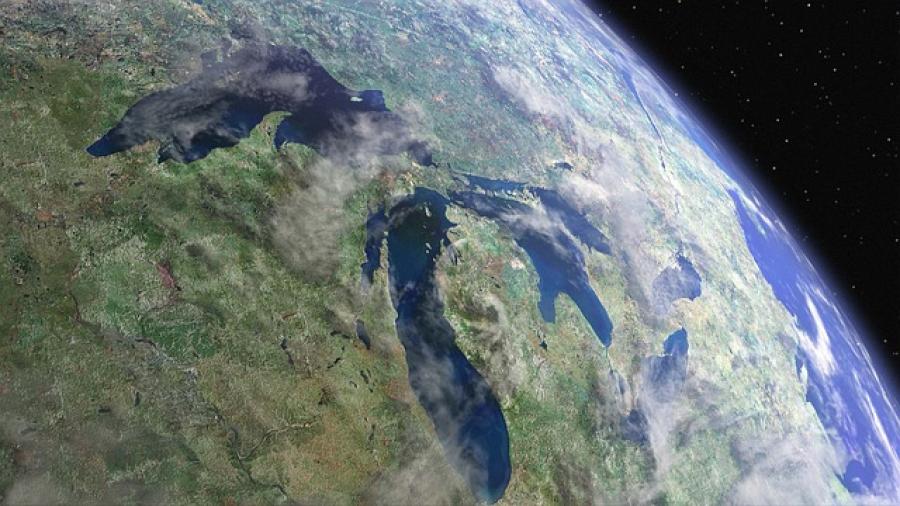As the program director for Environmental Defence, Keith Brooks leans on his background in environmental science to advocate for safeguarding ecosystems. “But the reality is, we don’t need more science,” he says, especially when it comes to plastic pollution. “We know what the problem is; what we need is political will to change the course of action when it comes to the production and recycling of plastics.”
With plastic pollution now counting as one of the biggest threats to the well-being of the planet, Brooks reminds us why we shouldn’t forget the Great Lakes.
You may unsubscribe from any of our newsletters at any time.
Q There’s growing awareness about the negative impact of plastics on land-based and aquatic ecosystems, especially oceans. You’re based in Toronto, on Lake Ontario. What’s the state of plastic waste in the Great Lakes?
A The Great Lakes, unfortunately, tend to be overlooked, but they’ve suffered a fate similar to that of the oceans. Garbage rolls downhill and gets into lakes and other freshwater systems. The concentration of plastic in the Great Lakes is as high as in the seas.
Q How much garbage are we talking about?
A Each year, 10,000 tonnes of plastic enter the Great Lakes. Eighty percent of all the litter in these waterways is plastic: bottles and caps, coffee mugs, shopping bags. These get broken down in the water column and separate into fragments, just like in the oceans. In Lake Ontario alone, there are 6.7 million plastic particles per square kilometre. Add to that microfibres from clothing and textiles, and microbeads.
Q What species is most at risk of plastic contamination in the Great Lakes?
A Fish ingest fragments as well as microfibres, and are thereby ingesting toxins, and those can travel up the food chain. But humans are at risk in a different way. Cities like Chicago, Buffalo, Milwaukee, Toronto and Hamilton all take their drinking water from the Great Lakes, which hold 20 percent of the world’s freshwater, and it’s possible that that water is contaminated with microplastics. It’s a real concern that is only now starting to be discussed.
Q Environmental Defence unveiled a plastic-bottle installation at Union Station in Toronto on February 15. What was the message in those bottles?
A It was part of our “Cash it! Don’t Trash It” campaign to get the Ontario government to implement, and the beverage industry to support, a deposit return program for plastic bottles, like the one that exists for wine bottles. It was a call to action and a solution. In Ontario, three billion bottles of water and pop are sold every year, but only half of them are recycled. That’s unacceptable.
We commissioned the art project to prove that a deposit return system would work: we asked people to bring discarded bottles to drop-off points in the Toronto area for a deposit, collecting 12,000 bottles that artist Rebecca Houston then assembled into an interactive sculpture. To me, it’s a no-brainer.














